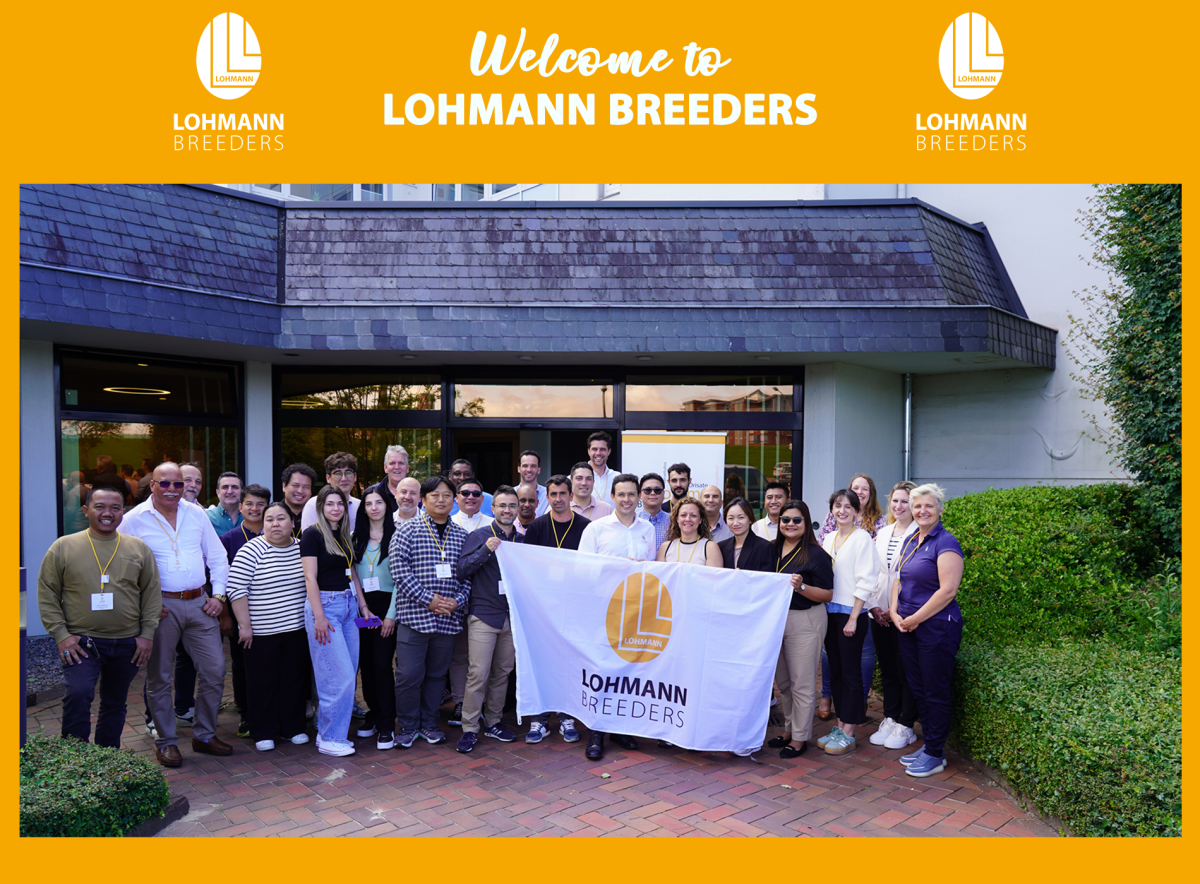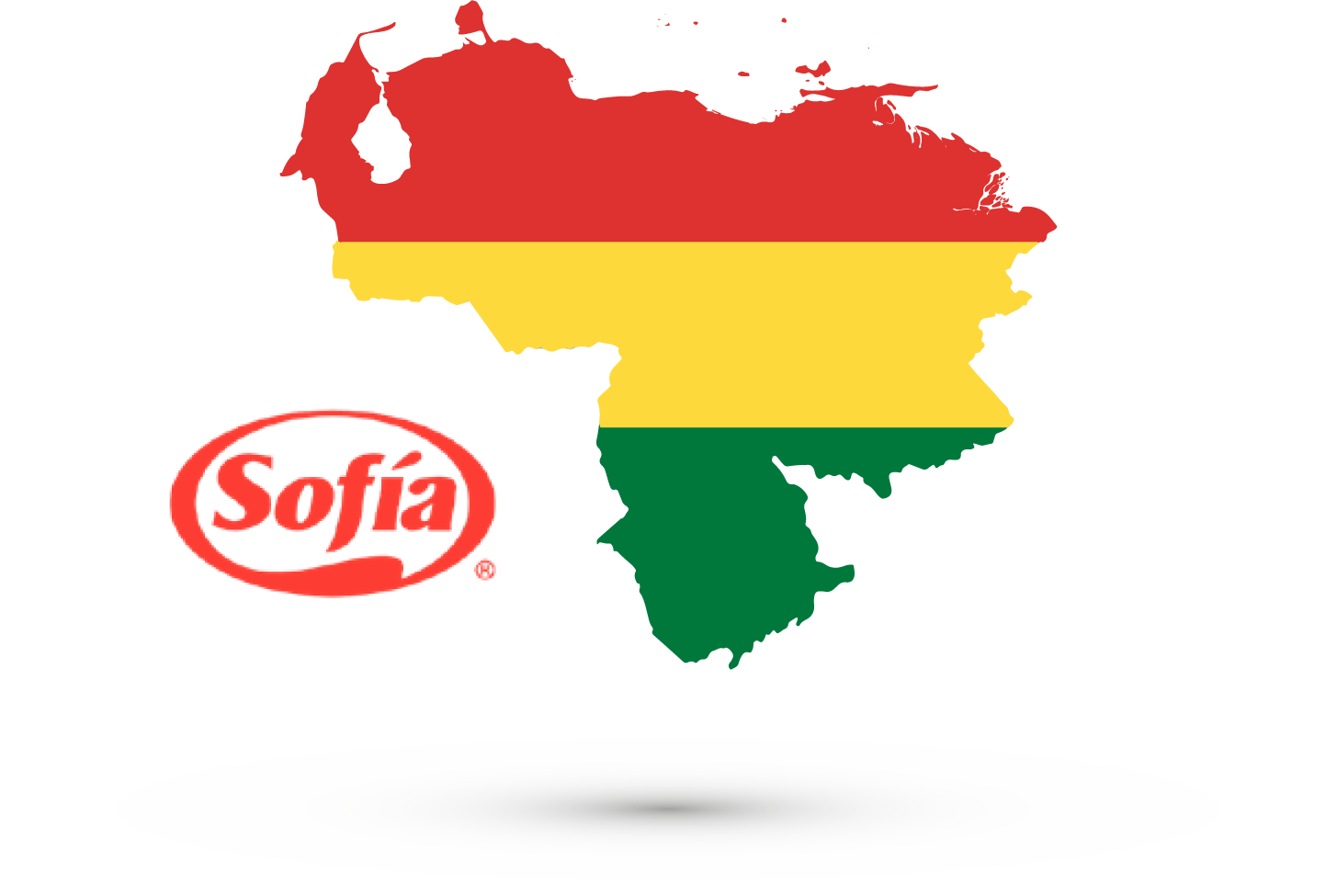The Friedrich-Loeffler-Institut, Federal Research Institute for Animal Health, which celebrated its
centennial this month, may have been relatively unknown to many colleagues in the global animal
industry before German reunion about 20 years ago and the more recent global concern about HPAI.
However, it represents the world’s oldest virus research institute and has performed research on
animal health for 100 years.
On Sunday, 10-10-10, 10:10 a.m., the gates of the FLI opened for the first time in the last 100 years for the general public. Information offered included the work of all eleven FLI institutes located at 7 sites in Germany, the history of the island Riems, and also tours around the new laboratory and animal facilities. About 8.200 people made it to the island, and the feedback has been very positive. According to the saying that “Seeing is believing” this Open Day further increased confidence in the responsible work at FLI and in the biosafety measures applied.
The day ended with a ceremonial act in the city of Greifswald during which the Federal Minister for Agriculture, Ilse Aigner, and the director general of the O.I.E., Dr. Bernard Vallat, amongst others, expressed their appreciation for the work of the FLI and stated their hopes for continued and extended FLI engagements in international networks. The centenary celebrations were completed with an international symposium on “Animal Health in the 21st century” (October 11th-13th) in which also influenza-related topics had a fair share.
Friedrich Loeffler (1852 – 1915), a physician and professor of hygiene at Greifswald University, is best known for his research into diphtheria identifying the causative agent and already postulating that it is not the bacterium itself but a released toxin which causes the disease. Scientifically, the discovery in 1898, jointly with his colleague Paul Frosch, of infectious agents smaller than bacteria was probably even more important and made him one of the founding fathers of virology. Of all viruses we know today they managed to identify the foot-and-mouth disease virus (FMDV), one of the smallest viruses. Due to FMD infections in farms nearby his experimental animal facilities outside Greifswald which could be traced to his experiments, he was ordered, in 1907, to stop FMD research until he could find a place with higher biosafety. For Loeffler, an island was ideal and so he continued his studies on the nearby island of Riems in the Baltic Sea. He notified the imperial authorities that he took up work at Riems on 10-10-1910, the birth date of the institute that carries his name since 1952.
The institute on the island continuously worked on infectious diseases, in particular FMD, and in 1938 developed the first active FMD vaccine. After World War II, a parallel institute was founded in West Germany in Tübingen, designated as the Federal Research Institute for Virus Diseases of Animals.
Following the national re-union in 1989, the two institutes were merged together with the Wusterhausen facility into one institution with Riems becoming headquarters in 1997. Following several more phases of organizational rearrangements, the FLI today consists of eleven scientific institutes with branches in Jena (bacteriology), Braunschweig (animal nutrition), Mariensee (farm animal genetics), Celle (animal welfare and husbandry), Tübingen (immunology) and Wusterhausen (epidemiology).
Given the need to relocate other FLI institutes like the immunology and the epidemiology onto the island and realizing the partly historic building fabric of the laboratories, a new construction of laboratories and animal facilities was inevitable. Building activities started in 2008 and progressed rapidly.
The new construction, to be completed in 2011, will host 89 laboratories and 163 animal units with different biosafety levels (BSL). Included are labs and facilities for large animals also for BSL 4.
Recent publications of the FLI on avian influenza:
Bogs, J., J. Veits, S. Gohrbandt, J. Hundt, O. Stech, A. Breithaupt, J.P. Teifke, T.C. Mettenleiter and J. Stech (2010): Highly Pathogenic H5N1 Influenza Viruses Carry Virulence Determinants beyond the Polybasic Hemagglutinin Cleavage Site.
PLoS one 5:e11826.
Fereidouni, S.R., C. Grund, R. Häuslaigner, E. Lange, H. Wilking, T.C. Harder, M. Beer and E. Starick (2010): Dynamics of Specific Antibody Responses Induced in Mallards after Infection by or Immunization with Low Pathogenicity Avian Influenza Viruses. Avian Dis 54:79-85.
Fereidouni, S.R., O. Werner, E. Starick, M. Beer, T.C. Harder, M. Aghakhan, H. Modirrousta, H. Amini, M.K. Moghaddam, M.H. Bozorghmehrifard, M.A. Akhavizadegan, N. Gaidet, S.H. Newman, S. Hammoumi, G. Cattoli, A. Globig, B. Hoffmann, M.E. Sehati, S. Masoodi, T. Dodman, W. Hagemeijer, S. Mousakhani, T.C. Mettenleiter (2010): Avian influenza virus monitoring in wintering waterbirds in Iran, 2003-2007. Virol J 7:43.
Goleti´c, T., A. Gagi´c, E. Rešidbegovi´c, A. Kustura, A. Kavazovi´c, V. Savi´c, T. Harder, E. Starick, and S. Prašovi´c (2010): Highly Pathogenic Avian Influenza Virus Subtype H5N1 in Mute Swans (Cygnus olor) in Centra Bosnia. Avian Dis 54:496-501.
Haase, M., E. Starick, S. Fereidouni, G. Strebelow, C. Grund, A. Seeland, C. Scheuner, D. Cieslik, K. Smietanka, Z. Minta, O. Zorman-Rojs, M. Mojzis, T. Goletic, V. Jestin, B. Schulenburg, O. Pybus, T. Mettenleiter, M. Beer and T. Harder (2010): Possible sources and spreading routes of highly pathogenic avian influenza virus subtype H5N1 infections in poultry and wild birds in Central Europe in 2007 inferred through likelihood analyses. Infect Genet Evol 10:1075-1084.
Harder, T., and T. W. Vahlenkamp (2009): Influenza virus infections in dogs and cats. Vet Immunol Immunopathol 134:54- 60.
Hoffmann, B., T. Harder, E. Lange, D. Kalthoff, I. Reimann, C. Grund, R. Oehme, T.W. Vahlenkamp and M. Beer (2010): New real-time reverse transcriptase polymerase chain reactions facilitate detection and differentiation of novel A/H1N1 influenza virus in porcine and human samples. Berl Münch Tierärztl Wschr 123:286-292.
Rudolf, M., M. Pöppel, A. Fröhlich, A. Breithaupt, J. Teifke, U. Blohm, T. Mettenleiter, M. Beer and T. Harder (2010): Longitudinal 2 years field study of conventional vaccination against highly pathogenic avian influenza H5N1 in layer hens. Vaccine 28:6832-6840.
On Sunday, 10-10-10, 10:10 a.m., the gates of the FLI opened for the first time in the last 100 years for the general public. Information offered included the work of all eleven FLI institutes located at 7 sites in Germany, the history of the island Riems, and also tours around the new laboratory and animal facilities. About 8.200 people made it to the island, and the feedback has been very positive. According to the saying that “Seeing is believing” this Open Day further increased confidence in the responsible work at FLI and in the biosafety measures applied.
The day ended with a ceremonial act in the city of Greifswald during which the Federal Minister for Agriculture, Ilse Aigner, and the director general of the O.I.E., Dr. Bernard Vallat, amongst others, expressed their appreciation for the work of the FLI and stated their hopes for continued and extended FLI engagements in international networks. The centenary celebrations were completed with an international symposium on “Animal Health in the 21st century” (October 11th-13th) in which also influenza-related topics had a fair share.
Friedrich Loeffler (1852 – 1915), a physician and professor of hygiene at Greifswald University, is best known for his research into diphtheria identifying the causative agent and already postulating that it is not the bacterium itself but a released toxin which causes the disease. Scientifically, the discovery in 1898, jointly with his colleague Paul Frosch, of infectious agents smaller than bacteria was probably even more important and made him one of the founding fathers of virology. Of all viruses we know today they managed to identify the foot-and-mouth disease virus (FMDV), one of the smallest viruses. Due to FMD infections in farms nearby his experimental animal facilities outside Greifswald which could be traced to his experiments, he was ordered, in 1907, to stop FMD research until he could find a place with higher biosafety. For Loeffler, an island was ideal and so he continued his studies on the nearby island of Riems in the Baltic Sea. He notified the imperial authorities that he took up work at Riems on 10-10-1910, the birth date of the institute that carries his name since 1952.
The institute on the island continuously worked on infectious diseases, in particular FMD, and in 1938 developed the first active FMD vaccine. After World War II, a parallel institute was founded in West Germany in Tübingen, designated as the Federal Research Institute for Virus Diseases of Animals.
Following the national re-union in 1989, the two institutes were merged together with the Wusterhausen facility into one institution with Riems becoming headquarters in 1997. Following several more phases of organizational rearrangements, the FLI today consists of eleven scientific institutes with branches in Jena (bacteriology), Braunschweig (animal nutrition), Mariensee (farm animal genetics), Celle (animal welfare and husbandry), Tübingen (immunology) and Wusterhausen (epidemiology).
Given the need to relocate other FLI institutes like the immunology and the epidemiology onto the island and realizing the partly historic building fabric of the laboratories, a new construction of laboratories and animal facilities was inevitable. Building activities started in 2008 and progressed rapidly.
The new construction, to be completed in 2011, will host 89 laboratories and 163 animal units with different biosafety levels (BSL). Included are labs and facilities for large animals also for BSL 4.
Recent publications of the FLI on avian influenza:
Bogs, J., J. Veits, S. Gohrbandt, J. Hundt, O. Stech, A. Breithaupt, J.P. Teifke, T.C. Mettenleiter and J. Stech (2010): Highly Pathogenic H5N1 Influenza Viruses Carry Virulence Determinants beyond the Polybasic Hemagglutinin Cleavage Site.
PLoS one 5:e11826.
Fereidouni, S.R., C. Grund, R. Häuslaigner, E. Lange, H. Wilking, T.C. Harder, M. Beer and E. Starick (2010): Dynamics of Specific Antibody Responses Induced in Mallards after Infection by or Immunization with Low Pathogenicity Avian Influenza Viruses. Avian Dis 54:79-85.
Fereidouni, S.R., O. Werner, E. Starick, M. Beer, T.C. Harder, M. Aghakhan, H. Modirrousta, H. Amini, M.K. Moghaddam, M.H. Bozorghmehrifard, M.A. Akhavizadegan, N. Gaidet, S.H. Newman, S. Hammoumi, G. Cattoli, A. Globig, B. Hoffmann, M.E. Sehati, S. Masoodi, T. Dodman, W. Hagemeijer, S. Mousakhani, T.C. Mettenleiter (2010): Avian influenza virus monitoring in wintering waterbirds in Iran, 2003-2007. Virol J 7:43.
Goleti´c, T., A. Gagi´c, E. Rešidbegovi´c, A. Kustura, A. Kavazovi´c, V. Savi´c, T. Harder, E. Starick, and S. Prašovi´c (2010): Highly Pathogenic Avian Influenza Virus Subtype H5N1 in Mute Swans (Cygnus olor) in Centra Bosnia. Avian Dis 54:496-501.
Haase, M., E. Starick, S. Fereidouni, G. Strebelow, C. Grund, A. Seeland, C. Scheuner, D. Cieslik, K. Smietanka, Z. Minta, O. Zorman-Rojs, M. Mojzis, T. Goletic, V. Jestin, B. Schulenburg, O. Pybus, T. Mettenleiter, M. Beer and T. Harder (2010): Possible sources and spreading routes of highly pathogenic avian influenza virus subtype H5N1 infections in poultry and wild birds in Central Europe in 2007 inferred through likelihood analyses. Infect Genet Evol 10:1075-1084.
Harder, T., and T. W. Vahlenkamp (2009): Influenza virus infections in dogs and cats. Vet Immunol Immunopathol 134:54- 60.
Hoffmann, B., T. Harder, E. Lange, D. Kalthoff, I. Reimann, C. Grund, R. Oehme, T.W. Vahlenkamp and M. Beer (2010): New real-time reverse transcriptase polymerase chain reactions facilitate detection and differentiation of novel A/H1N1 influenza virus in porcine and human samples. Berl Münch Tierärztl Wschr 123:286-292.
Rudolf, M., M. Pöppel, A. Fröhlich, A. Breithaupt, J. Teifke, U. Blohm, T. Mettenleiter, M. Beer and T. Harder (2010): Longitudinal 2 years field study of conventional vaccination against highly pathogenic avian influenza H5N1 in layer hens. Vaccine 28:6832-6840.







